Home>Garden Essentials>How To Quickly Germinate Grass
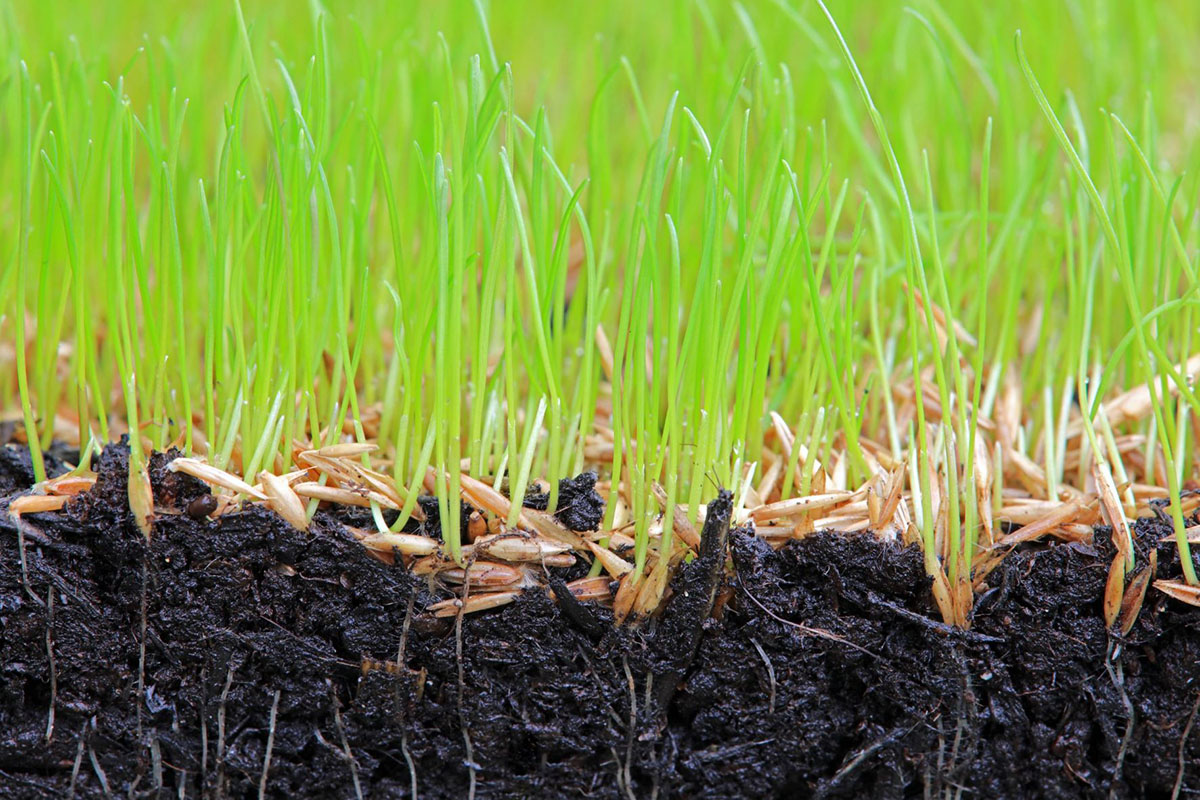

Garden Essentials
How To Quickly Germinate Grass
Modified: March 15, 2024
Discover the best methods for quickly germinating grass in your garden. From seed selection to watering techniques, learn how to achieve a lush and green lawn in no time.
(Many of the links in this article redirect to a specific reviewed product. Your purchase of these products through affiliate links helps to generate commission for Storables.com, at no extra cost. Learn more)
Introduction
Welcome to the wonderful world of gardening! Whether you’re a seasoned gardener or a complete beginner, growing your own grass from seed can be a rewarding and fulfilling experience. Not only does it give you the opportunity to transform your outdoor space into a lush and vibrant oasis, but it also allows you to appreciate the beauty and resilience of nature firsthand.
Germinating grass from seed is a fundamental step in establishing a healthy and thriving lawn. It sets the foundation for a strong root system, which in turn leads to better resistance against weeds, drought, and disease. While the process may seem daunting at first, fear not! With the right knowledge and techniques, you can quickly and successfully germinate grass seed.
In this guide, we will walk you through the essential steps to ensure a successful germination process. From choosing the right grass seed to troubleshooting common issues, this article will equip you with the necessary knowledge and skills to create a lush and vibrant lawn you can be proud of.
So, put on your gardening gloves and let’s get started on this journey to grow healthy and beautiful grass from seed!
Key Takeaways:
- Choose the right grass seed by considering climate, soil type, and lawn usage. Research and blend different grass types for a resilient and adaptable lawn.
- Provide consistent moisture, proper sunlight, and protect young seedlings to ensure successful grass seed germination. Troubleshoot common issues promptly for healthy growth.
Read more: How To Germinate Grass Seed Quickly
Choosing the Right Grass Seed
When it comes to selecting the right grass seed for your lawn, it’s essential to consider factors such as climate, soil type, and lawn usage. Different grass species have varying levels of tolerance to heat, cold, drought, and foot traffic. Here are some tips to help you choose the perfect grass seed for your lawn:
- Determine your climate: Start by determining your climate zone. Grasses are typically categorized into cool-season and warm-season varieties. Cool-season grasses thrive in regions with moderate temperatures and are ideal for northern regions, while warm-season grasses are better suited for hot and humid climates found in the southern regions.
- Evaluate your soil type: Assess the condition of your soil. Is it sandy, clayey, or loamy? Some grass species prefer well-draining soils, while others can tolerate heavier or clay-like soils. Knowing your soil type will help you select grass seeds that are better suited to your specific soil conditions.
- Consider lawn usage: How will you be using your lawn? Will it primarily be a play area for kids and pets, or will it serve more as an aesthetic feature? Some grasses are more tolerant of foot traffic and wear, while others are delicate and better suited for ornamental purposes.
- Research grass seed varieties: Conduct research on different grass seed varieties available in your area. Look for grasses that have good disease resistance, drought tolerance, and low-maintenance requirements. Seek recommendations from local garden centers or consult with lawn care professionals who can provide valuable insights.
- Blend different grass types: Consider blending different grass types to create a well-rounded lawn. Using a mixture of grass species can help improve overall resilience and adaptability to changing conditions.
Once you have gathered all the necessary information, it’s time to choose the grass seed that best meets your needs and requirements. Always remember to read and follow the manufacturer’s instructions regarding seeding rates and application techniques to ensure optimal results.
By taking the time to choose the right grass seed, you are setting yourself up for success in the germination process. So, select wisely and get ready to watch your lawn transform into a lush and vibrant oasis!
Preparing the Soil
Preparing the soil is a critical step in the germination process as it creates an ideal environment for the grass seeds to take root and grow. Here are some essential tips for preparing your soil:
- Clear the area: Start by removing any existing grass, weeds, rocks, or debris from the area where you plan to seed. Clearing the area ensures that the grass seeds have direct contact with the soil, allowing for better germination.
- Test the soil: It’s important to test your soil’s pH level and nutrient content. You can purchase a soil testing kit from a local garden center or send a sample to a professional lab for analysis. This information will help you determine if any amendments, such as lime or fertilizer, are needed to create optimal growing conditions.
- Aerate the soil: If your soil is compacted or heavy, it’s beneficial to aerate it before seeding. Aerating involves creating small holes in the soil to improve air circulation, water penetration, and root growth. You can use a garden fork or rent a mechanical aerator for larger areas.
- Add organic matter: Incorporating organic matter, such as compost or well-rotted manure, into the soil helps improve its structure, nutrient content, and water-holding capacity. Spread a layer of organic matter over the area and use a rake or garden tiller to mix it into the top few inches of soil.
- Level the surface: Ensure that the soil surface is level and even. Rake the soil to remove any bumps or uneven areas. A level surface will promote consistent water distribution and allow the grass seeds to establish and grow uniformly.
- Water the soil: Before seeding, water the prepared soil thoroughly. This will help settle the soil and create a moist bed for the grass seeds. Avoid overwatering, as excessive moisture can lead to seed washout or compaction.
Remember, the key to successful seed germination is to provide the grass seeds with a healthy and fertile environment. By following these soil preparation steps, you are giving your grass seeds the best chance to develop strong and robust root systems, leading to a flourishing lawn.
Providing Adequate Water
Water is a crucial element in the germination process as it helps activate the enzymes within the grass seeds, promoting sprouting and growth. Proper watering ensures that the seeds remain evenly moist, creating an optimal environment for germination. Here are some guidelines for providing adequate water during the germination process:
- Initial watering: Immediately after seeding, thoroughly water the area. Use a gentle spray or misting attachment on your hose to avoid displacing the seeds. The goal is to moisten the soil to a depth of about 6-8 inches. Ensure that the water penetrates evenly across the entire seeded area.
- Water frequency: During the germination period, it’s essential to keep the soil consistently moist. This typically means watering once or twice daily, depending on weather conditions. Monitor the soil moisture level and adjust the frequency or duration of watering accordingly. Avoid allowing the soil to dry out completely, as this may hinder germination and seedling growth.
- Watering technique: When watering, aim for a gentle and even distribution of water. Use a sprinkler, soaker hose, or irrigation system that provides a fine mist or gentle spray. Be mindful of the water pressure to avoid washing away the seeds or creating puddles that can lead to uneven growth.
- Time of day: Water in the early morning or late afternoon to minimize water loss through evaporation. Avoid watering during the hottest part of the day, as the heat and sun can cause water to evaporate quickly. Additionally, watering in the evening could result in prolonged leaf wetness, increasing the risk of disease.
- Monitor soil moisture: Regularly check the soil moisture level by inserting your finger into the soil. It should feel moist but not waterlogged. Adjust your watering schedule as necessary to maintain the ideal moisture level for the seeds to germinate.
- Gradual watering reduction: Once the grass seeds have germinated and the seedlings are established, gradually reduce the frequency and increase the duration of watering. This encourages the development of deep, drought-tolerant root systems. However, continue to monitor the soil moisture to prevent under-watering or excessive drying.
Remember that providing adequate water is crucial during the germination process. Consistent moisture allows the seeds to sprout and the seedlings to establish strong roots. By following these watering guidelines, you can ensure the successful growth and development of your newly germinated grass seeds.
Ensuring Proper Sunlight
Sunlight is essential for the growth and development of grass seedlings. It provides the energy needed for photosynthesis, which is crucial for the production of sugars and the overall health of the plants. Here are some tips to ensure proper sunlight exposure for your germinating grass:
- Identify the sun exposure: Observe your lawn area to determine the amount of sunlight it receives throughout the day. Most grass species thrive in full sun, which means they require at least 6-8 hours of direct sunlight each day. However, some shade-tolerant grass varieties can tolerate partial shade conditions.
- Trim or remove obstacles: If there are any obstructions, such as overhanging branches or structures, that block sunlight from reaching the lawn area, consider trimming or removing them. This will allow for better penetration of sunlight and promote uniform growth of your grass seedlings.
- Avoid excessive shade: While a small amount of shade is acceptable for some grass species, excessive shade can hinder successful germination and growth. If your lawn area is heavily shaded, consider alternative landscaping options or choose shade-tolerant grass varieties that are better suited for such conditions.
- Prune trees and shrubs: If there are trees or shrubs casting shade on your lawn, prune them back to allow more sunlight to reach the grass. Proper pruning not only improves sunlight exposure but also promotes better air circulation and reduces the risk of disease.
- Consider reflective surfaces: Reflective surfaces, such as light-colored walls or paths, can help maximize sunlight exposure by redirecting and amplifying available light. Consider incorporating reflective elements strategically to enhance the amount of sunlight reaching your grass seedlings.
- Monitor sun patterns: Observe how the sun moves across your lawn throughout the day. This will help you identify any areas that may be in shadow during certain parts of the day. Adjust your lawn care routine accordingly, ensuring that all areas receive adequate sunlight for healthy growth.
Proper sunlight exposure is crucial for the healthy development of your germinating grass seedlings. By considering these tips and ensuring that your lawn area receives the appropriate amount of sunlight, you will provide the ideal conditions for your grass to thrive and flourish.
Soak grass seeds in water for 24 hours before planting to speed up germination. This helps soften the seed coat and kickstart the germination process.
Read more: How Quickly Does Oenothera Germinate
Seeding Techniques
The success of germinating grass seed greatly depends on the seeding techniques employed. Properly seeding your lawn ensures consistent coverage and optimal conditions for seed germination. Here are some techniques to help you achieve the best results:
- Choose the right time: The timing of seeding is crucial. Ideally, cool-season grasses should be seeded in early fall or spring when temperatures are mild and there is sufficient moisture. Warm-season grasses, on the other hand, are best seeded in late spring or early summer when soil temperatures are warm.
- Prepare the soil: Before seeding, prepare the soil as discussed earlier. Clear the area, test and amend the soil if necessary, and ensure a level surface. A well-prepared soil bed provides an ideal foundation for optimum seed germination.
- Use the right seeding method: There are two common seeding methods: broadcast seeding and drill seeding. Broadcast seeding involves evenly spreading the grass seed by hand or using a spreader. Drill seeding requires a specific seeding machine that places the seeds into the soil at a precise depth. Choose the method that suits your needs and the size of your lawn
- Achieve proper seed-to-soil contact: Whether you choose broadcast or drill seeding, it’s important to ensure good seed-to-soil contact. This can be achieved by lightly raking or rolling the soil surface after seeding. The goal is to press the seeds into the soil without burying them too deep.
- Seed at the recommended rate: Follow the manufacturer’s recommendation regarding the seeding rate for the specific grass seed you are using. Over- or under-seeding can lead to uneven growth and poor germination. Use a spreader or measure the seeds to achieve the correct seeding rate.
- Consider overseeding: If you have an existing lawn that needs improvement, consider overseeding. Overseeding involves spreading grass seed over an established lawn to encourage new growth and fill in thin or bare areas. It helps to rejuvenate the lawn and improve its overall appearance.
- Topdress with compost: To further enhance seed germination, you can spread a thin layer of compost over the newly seeded area. Compost acts as a natural fertilizer, providing nutrients and keeping the seeds moist. This topdressing can improve soil quality and increase the chances of successful germination.
By implementing these seeding techniques, you’ll increase the likelihood of successful germination and establish a healthy, vibrant lawn. Remember to follow proper watering and maintenance practices to ensure the best possible start for your newly seeded grass.
Maintaining Optimal Temperature and Moisture
Temperature and moisture play a crucial role in grass seed germination. Maintaining optimal levels of both is essential for successful seedling growth and establishment. Here are some tips to help you maintain ideal temperature and moisture conditions:
- Temperature requirements: Different grass species have different temperature requirements for germination. Cool-season grasses typically germinate best at temperatures between 60°F and 75°F (15°C and 24°C). Warm-season grasses, on the other hand, require soil temperatures between 75°F and 85°F (24°C and 29°C). Monitor the weather conditions and plan your seeding accordingly to ensure that the soil temperatures are within the appropriate range for your chosen grass species.
- Provide consistent moisture: Consistent moisture is crucial for seed germination. After the initial watering, it’s important to ensure that the soil remains consistently moist until the seedlings have established. Depending on weather conditions, this may mean watering once or twice a day. Avoid overwatering, as it can lead to fungal diseases or seed washout. Conversely, do not let the soil dry out, as it can inhibit seed germination and seedling growth.
- Use mulch to retain moisture: Applying a thin layer of mulch over the seeded area can help retain moisture and keep the soil temperature stable. Organic mulches, such as straw or shredded leaves, can help prevent the soil from drying out too quickly and protect the seeds from heavy rain or extreme temperature fluctuations. Be mindful not to apply too thick a layer of mulch, as it may smother the germinating seeds.
- Monitor moisture levels: Regularly check the moisture levels in the soil. Stick your finger into the soil to a depth of an inch or two. If it feels dry, it’s time to water. If it feels too wet, reduce the frequency or duration of watering to avoid waterlogged conditions. Adjust your watering schedule based on the moisture needs of the seeds and seedlings.
- Adjust watering based on weather: Be mindful of the weather conditions while maintaining moisture levels. During periods of higher temperatures or windy conditions, the soil may dry out more quickly, requiring more frequent watering. Conversely, during cooler or rainy periods, you may need to reduce the frequency of watering to prevent over-saturation.
- Monitor temperature fluctuations: Keep an eye on temperature fluctuations, especially during the early stages of germination. Extreme fluctuations can stress the germinating seeds and hinder their growth. Consider covering the seeded area with a breathable fabric or shade cloth during periods of intense heat or cold to protect the seeds and maintain more stable temperature conditions.
Maintaining optimal temperature and moisture conditions is crucial for successful grass seed germination. By monitoring and adjusting watering practices and being mindful of temperature fluctuations, you can create an environment that promotes healthy and robust seedling growth.
Protecting and Nurturing Young Seedlings
Young seedlings are delicate and vulnerable, requiring extra care and protection to ensure their healthy development. Here are some essential tips for protecting and nurturing your young grass seedlings:
- Avoid foot traffic: To prevent damage to the young seedlings, avoid walking or allowing pets or children to play on the newly seeded area. Excessive foot traffic can disrupt the delicate root system and impede the growth of the grass seedlings.
- Control weeds: Weeds can compete with young grass seedlings for nutrients, moisture, and sunlight. Regularly inspect the area for weed growth and remove them manually or use an appropriate herbicide. Be cautious when using herbicides, as some can harm newly germinated seedlings. Follow the product instructions carefully.
- Supplement with fertilizer: Young grass seedlings benefit from proper nutrition. Consider using a slow-release or starter fertilizer specifically formulated for new lawns. Make sure to follow the manufacturer’s instructions for application rates and timing. Applying too much fertilizer can burn the delicate seedlings, so use it sparingly.
- Protect from pests: Keep an eye out for pests that may damage or feed on the young seedlings. Common lawn pests include insects like grubs, chinch bugs, and armyworms. If you notice signs of pest activity, take appropriate measures to control them, such as using organic pest control methods or seeking professional assistance.
- Monitor disease issues: Seedlings can be susceptible to fungal diseases, especially when moisture levels are high. Keep an eye out for signs of disease, such as yellowing, thinning, or discolored patches. If you suspect a disease issue, consult with a garden expert or professional to identify the problem and apply the appropriate treatment.
- Gradually introduce mowing: Once the grass seedlings have reached a height of about 3-4 inches, consider mowing for the first time. Set the lawnmower to a higher setting and only remove a small portion of the grass blade. Gradually decrease the mowing height over time to the desired level for your grass species.
- Proper water management: Even after germination, continue to provide adequate water to the seedlings. Water deeply but infrequently to encourage deep root growth. This helps develop a strong and healthy lawn that can withstand drought conditions better.
- Regular maintenance: Good lawn care practices, such as regular mowing, watering, and fertilizing, are essential for the ongoing health and development of your young seedlings. Follow a consistent maintenance routine and provide the necessary care to help your grass seedlings grow into a lush and beautiful lawn.
By following these guidelines and providing proper care and protection, you can ensure the successful establishment and growth of your young grass seedlings. With time, patience, and consistent maintenance, your lawn will develop into a beautiful and vibrant landscape.
Troubleshooting Common Germination Issues
During the germination process, you may encounter some common issues that can affect the successful growth of your grass seedlings. Identifying and addressing these issues early on can help ensure optimal germination and healthy seedling establishment. Here are some troubleshooting tips for common germination issues:
- Poor germination: If you notice patchy or uneven germination, it may be due to insufficient seed-to-soil contact or improper seeding techniques. Ensure that the seeds are in direct contact with the soil by raking or rolling lightly after seeding. Adjust your seeding rate and technique if needed, and consider overseeding to fill in any bare areas.
- Seed washout: Heavy rain or excessive watering can lead to seed washout, where the seeds get carried away or clump together, resulting in uneven growth. To prevent seed washout, water the lawn area gently and avoid excessive or forceful watering. Consider using mulch or erosion control blankets to protect the seeds and prevent soil erosion.
- Predation by birds: Birds are attracted to newly seeded areas, as the seeds can provide an easy food source. If you notice birds disturbing the soil or feeding on the seeds, take steps to deter them. Options include using scare devices, such as reflective tape or fake predators, or covering the area with lightweight netting until the seedlings have established.
- Soil compaction: Compacted soil can inhibit seed germination and root growth. Avoid heavy machinery or excessive foot traffic on the seeded area during the germination process. If you notice signs of compaction, consider aerating the soil to improve its structure and allow for better air circulation and water penetration.
- Underwatering or overwatering: Improper watering can significantly impact seed germination and seedling growth. Both underwatering and overwatering can hinder the development of healthy roots and lead to poor establishment. Monitor the soil moisture regularly and adjust your watering schedule accordingly. Remember to strike a balance and maintain consistent moisture levels without creating waterlogged or dry conditions.
- Disease and fungal issues: Fungal diseases can hinder seed germination and affect the health of seedlings. Ensure proper airflow and avoid overwatering, which can create conditions favorable for disease development. If you suspect disease, consult with a garden expert or professional to identify the problem and apply the appropriate fungicide treatment if necessary.
- Weed competition: Weeds can compete with young grass seedlings for resources and sunlight. Regularly inspect the area for weed growth and remove them manually or use an appropriate herbicide. Be cautious when using herbicides to avoid harming the grass seedlings. A well-maintained and healthy lawn will be less susceptible to weed infestations in the long run.
By troubleshooting and addressing these common germination issues promptly, you can improve the chances of successful seed germination and the healthy development of your grass seedlings. With proper care and attention, your lawn will transform into a lush and thriving landscape.
Read more: How Quickly Does Grass Germinate
Conclusion
Congratulations on completing your journey to learn about germinating grass seed! By following the comprehensive steps and tips outlined in this article, you have gained the knowledge and techniques needed to successfully germinate and nurture grass from seed. From choosing the right grass seed to troubleshooting common issues, you are now equipped with the tools to create a healthy and vibrant lawn.
Remember, the process of germinating grass from seed requires patience, care, and ongoing maintenance. It’s essential to provide the optimal conditions of proper sunlight, moisture, temperature, and soil preparation to ensure the successful growth of your grass seedlings. By adhering to good lawn care practices and addressing any issues that may arise, you can cultivate a beautiful and lush lawn that will be the envy of your neighborhood.
Don’t forget to continue nurturing your lawn even after the seedlings have established. Regular mowing, watering, fertilizing, and weed control are vital for long-term lawn health and maintenance. Remember to adjust your lawn care routine according to the specific needs of your grass species and the climate in your region.
Gardening is a never-ending journey, and as you continue to tend to your lawn, you will gain a deeper understanding and appreciation for the beauty and resilience of nature. Take the time to enjoy the fruits of your labor, whether it’s hosting picnics on your lush green carpet or simply basking in the tranquility and pleasure of a well-maintained outdoor space.
Now, with your newly acquired knowledge, it’s time to put it into action and witness the transformation of your outdoor space. Embrace the satisfaction that comes with growing your own grass from seed and enjoy the rewards of a vibrant and healthy lawn. Happy gardening!
Frequently Asked Questions about How To Quickly Germinate Grass
Was this page helpful?
At Storables.com, we guarantee accurate and reliable information. Our content, validated by Expert Board Contributors, is crafted following stringent Editorial Policies. We're committed to providing you with well-researched, expert-backed insights for all your informational needs.
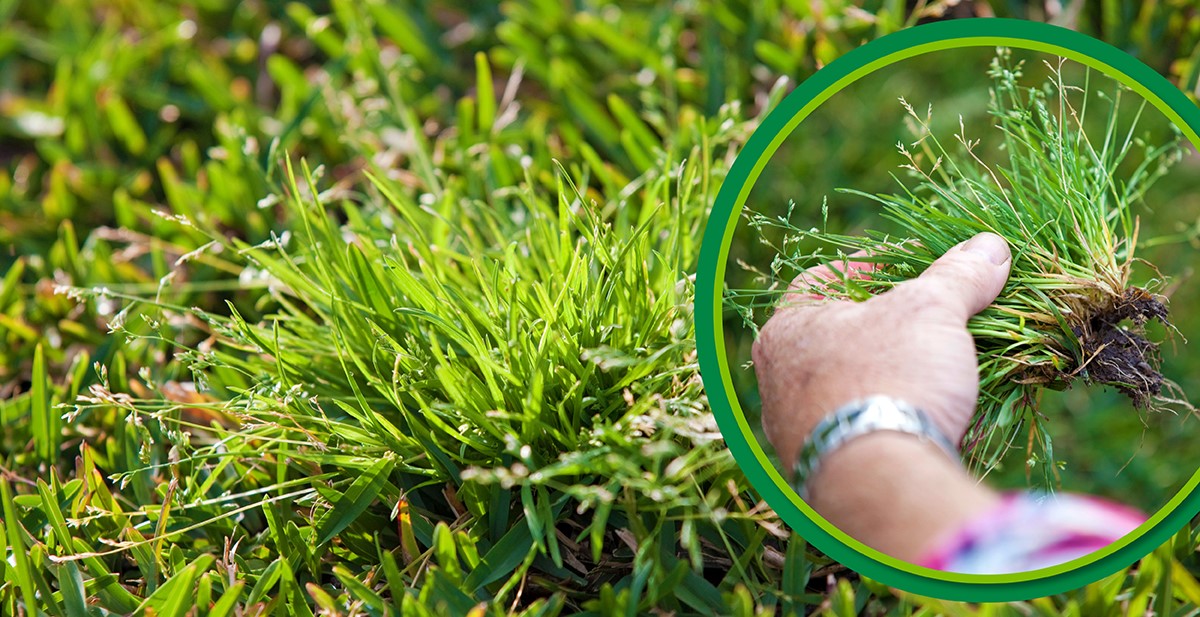
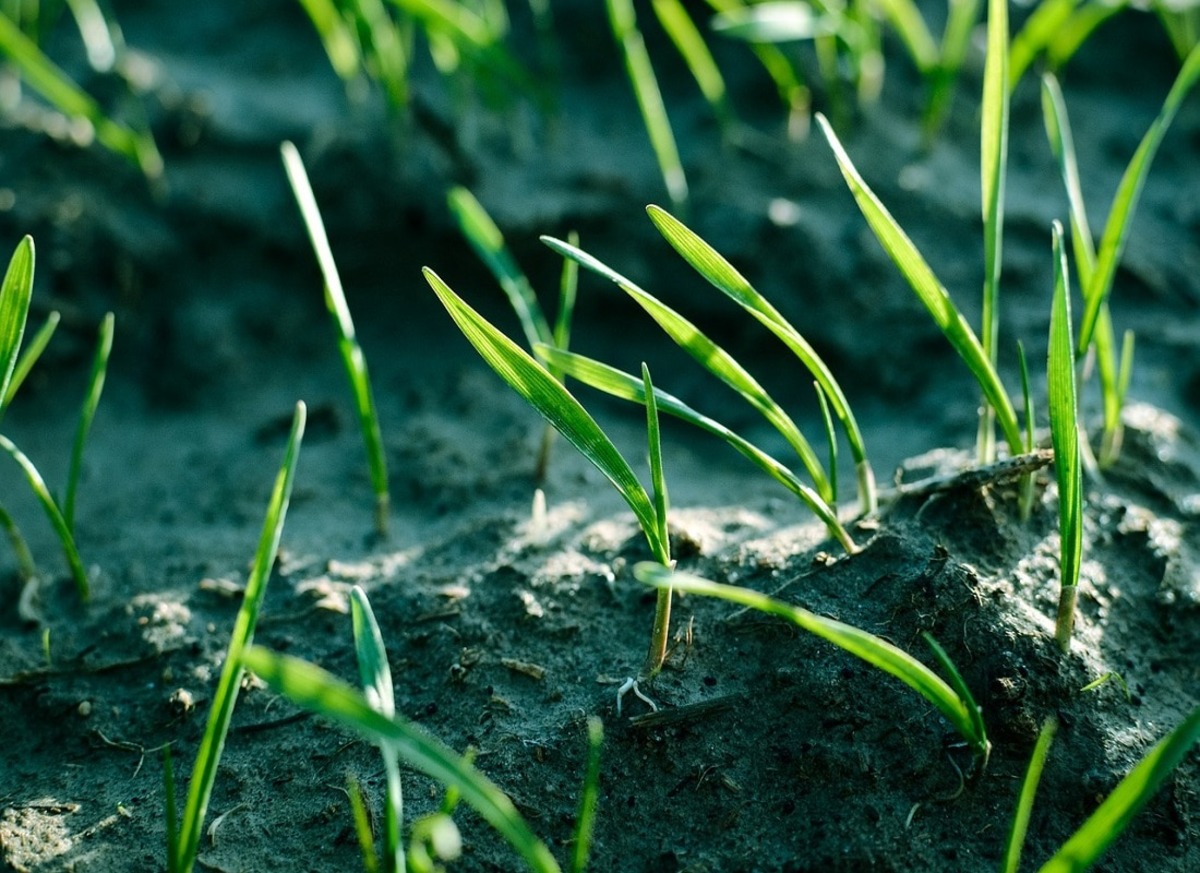
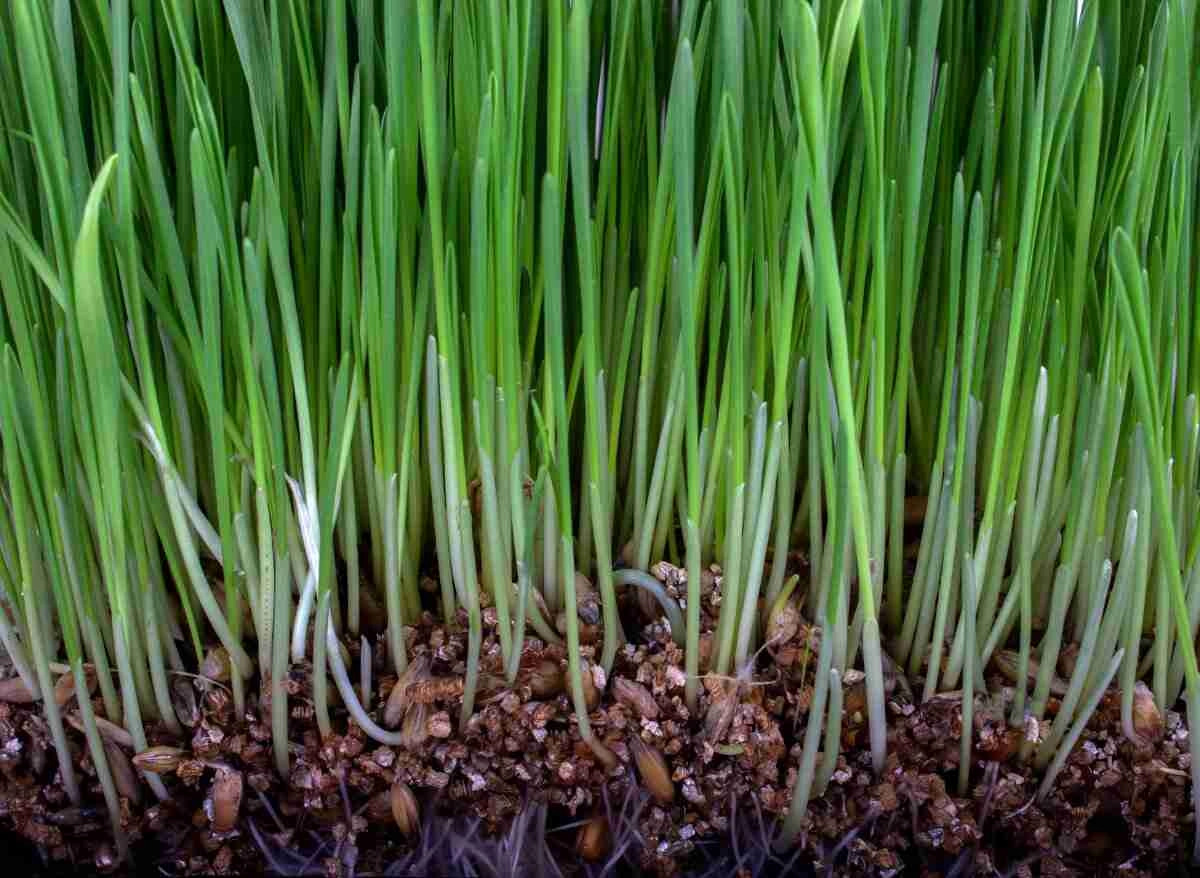
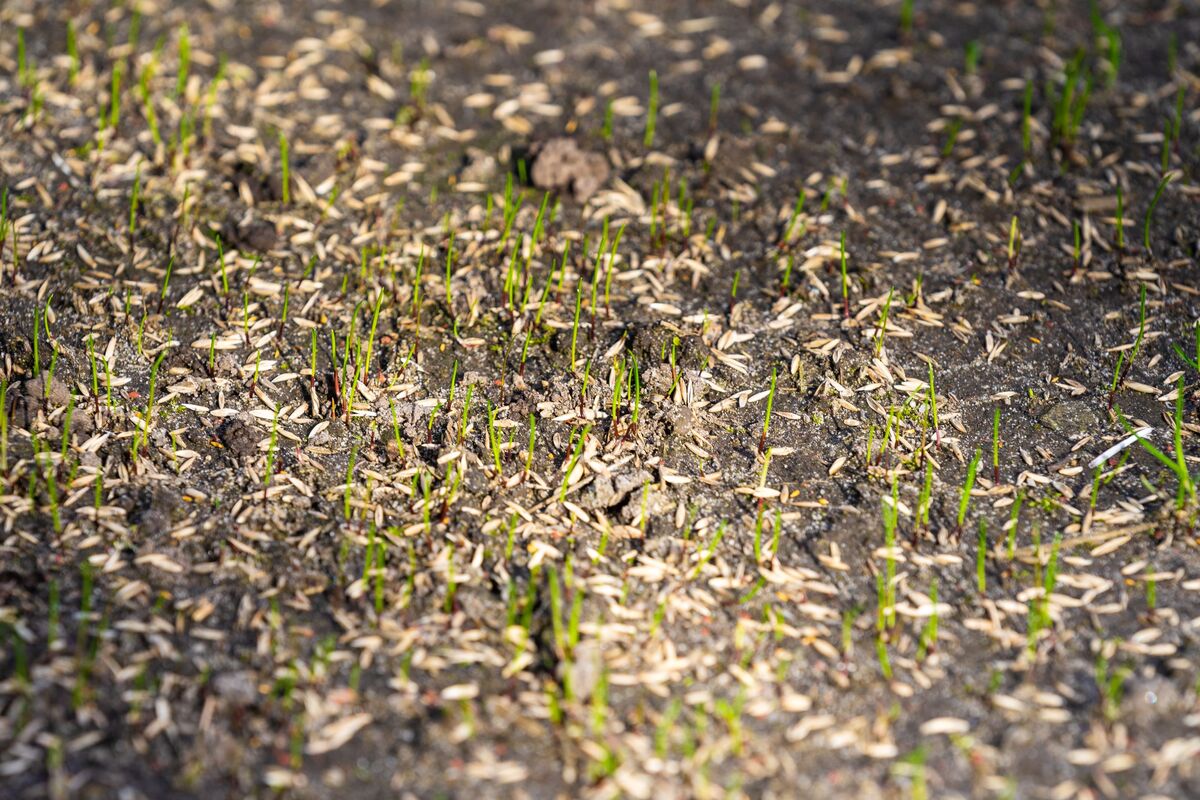
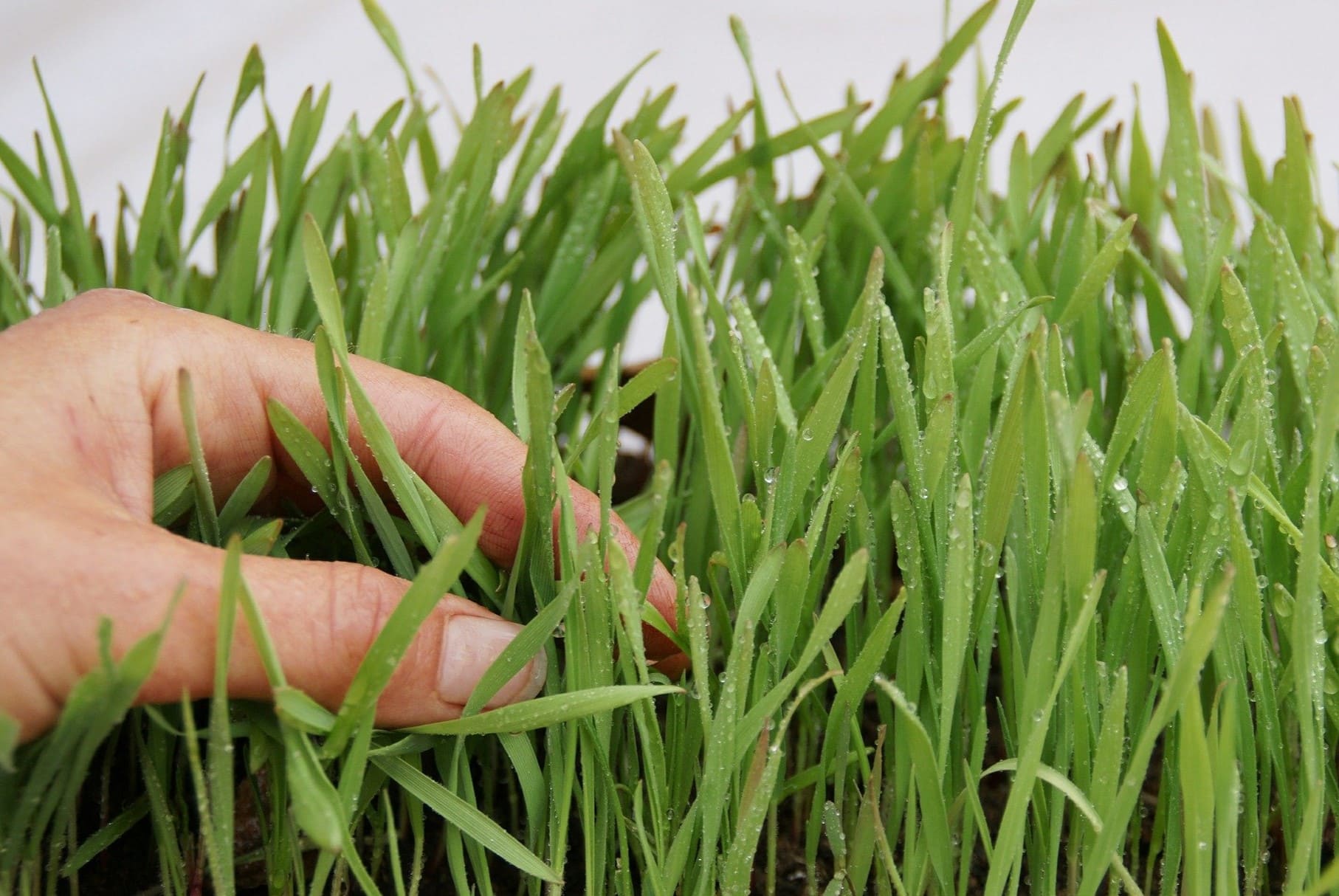
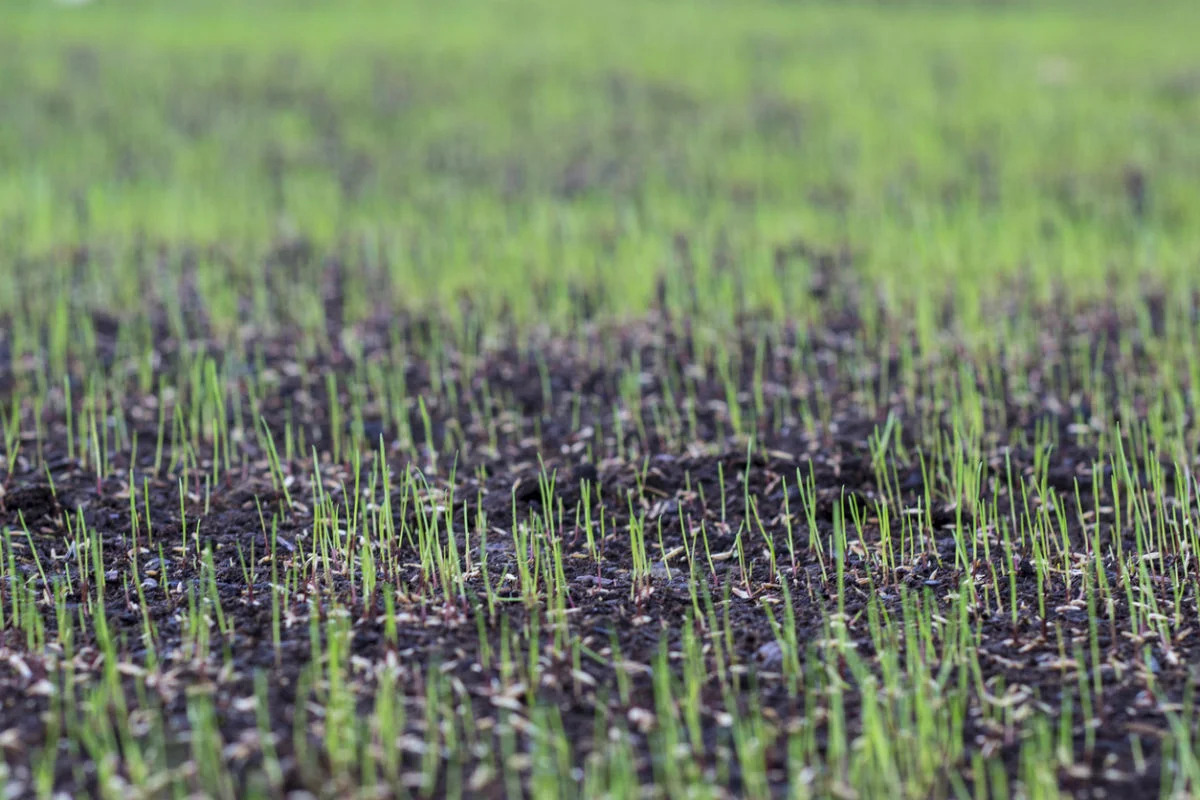
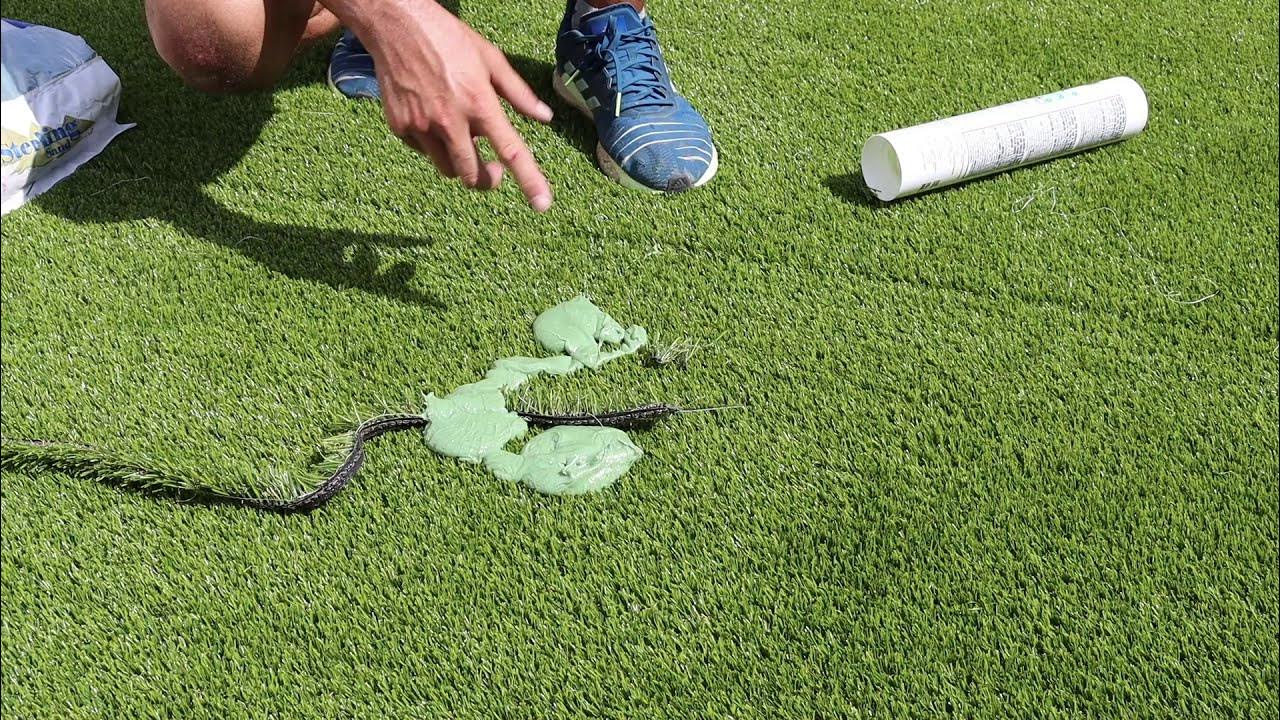
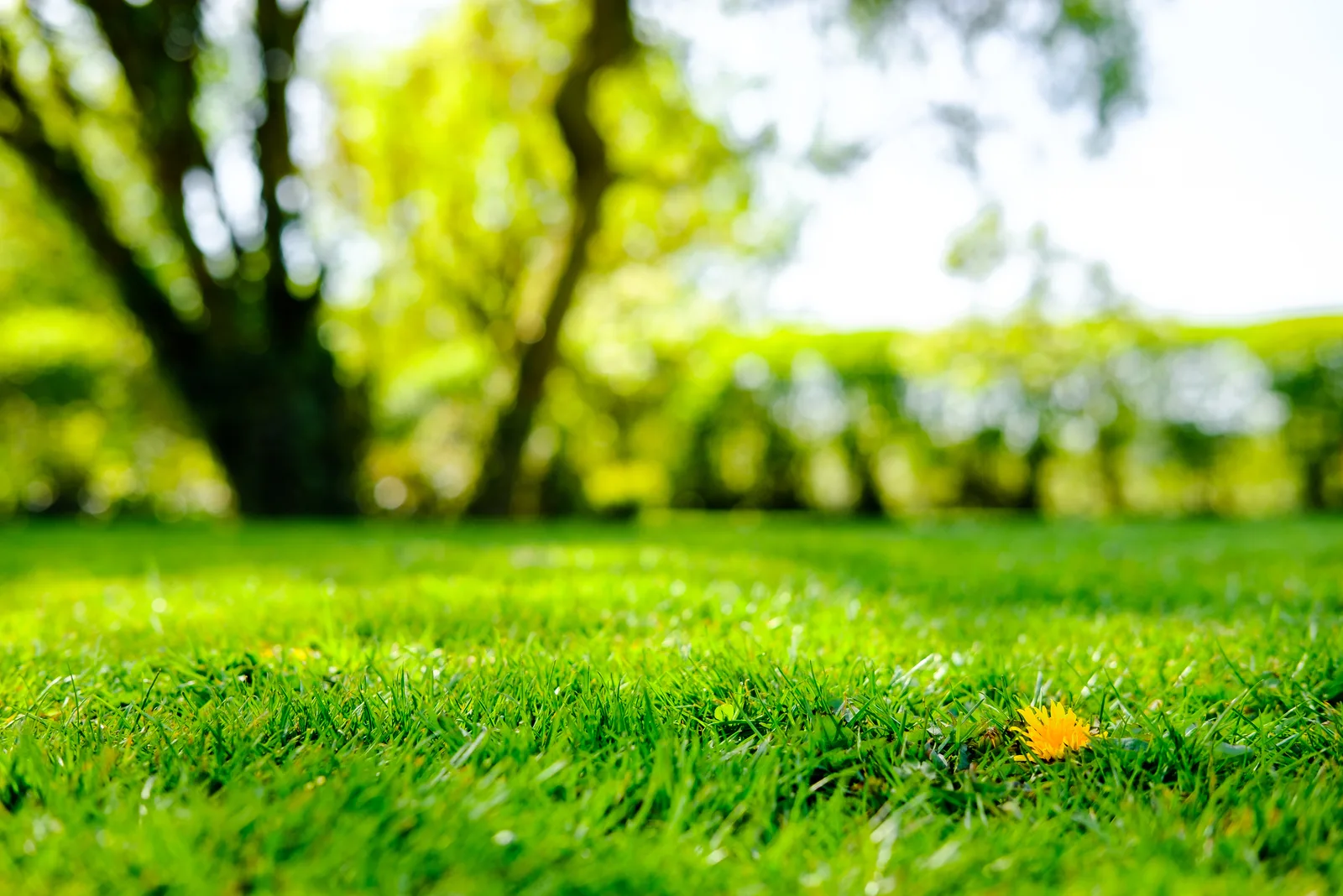
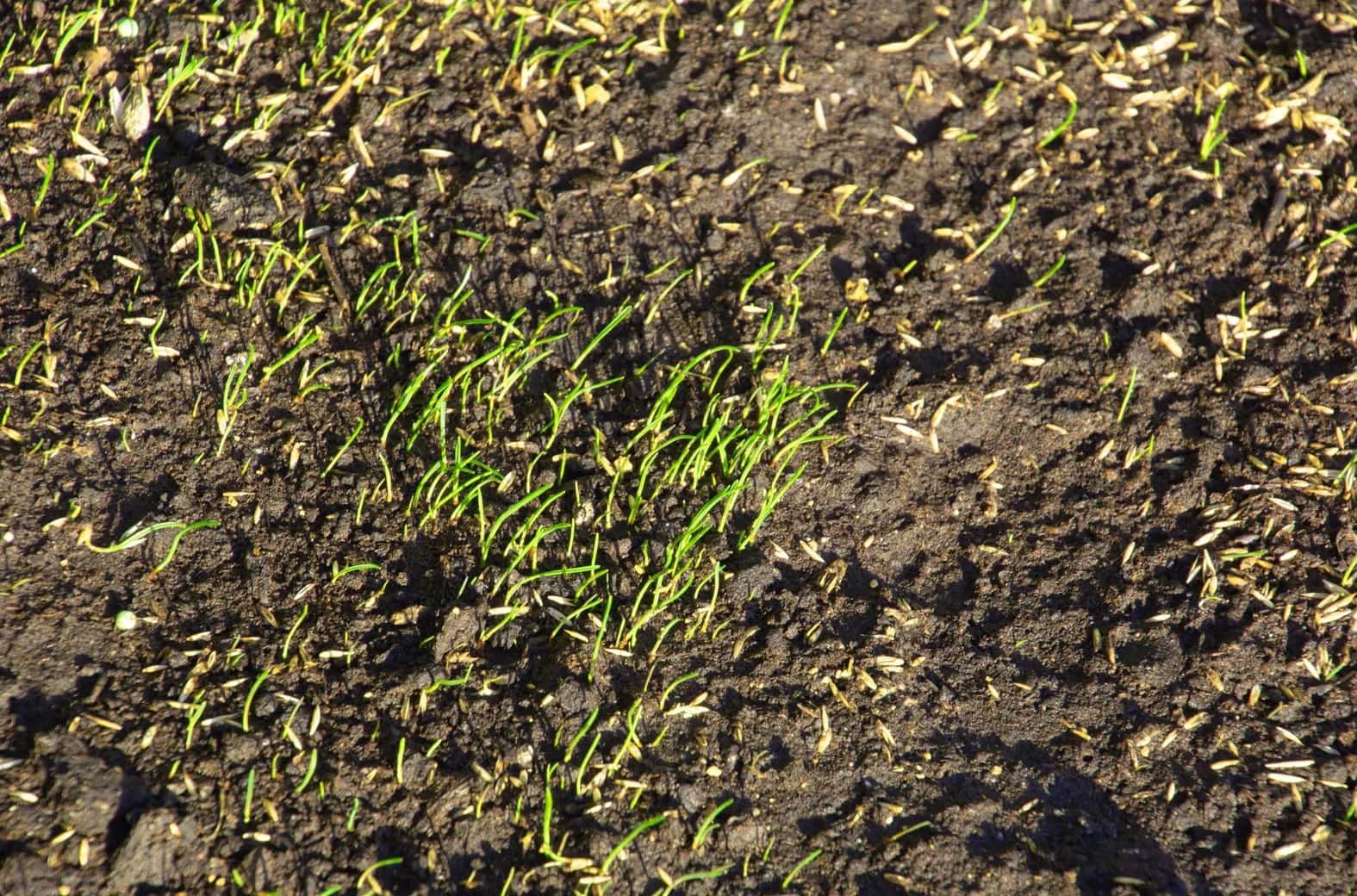
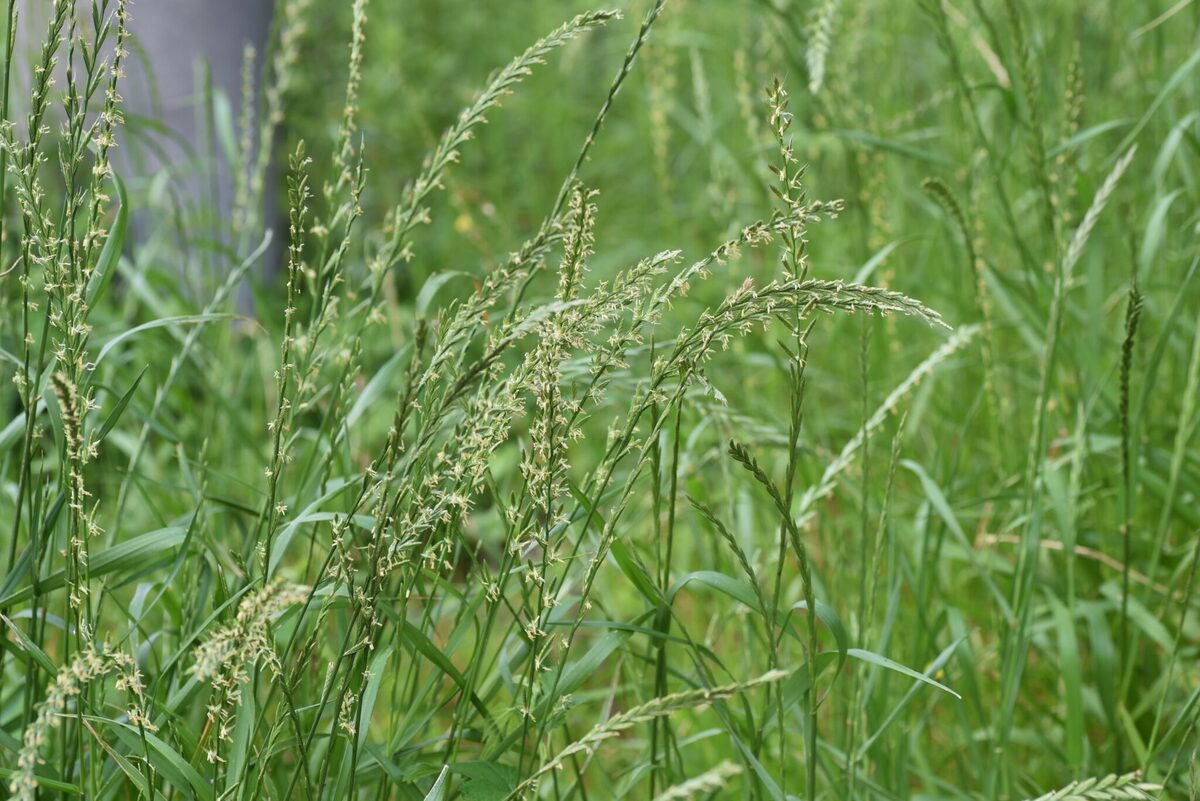
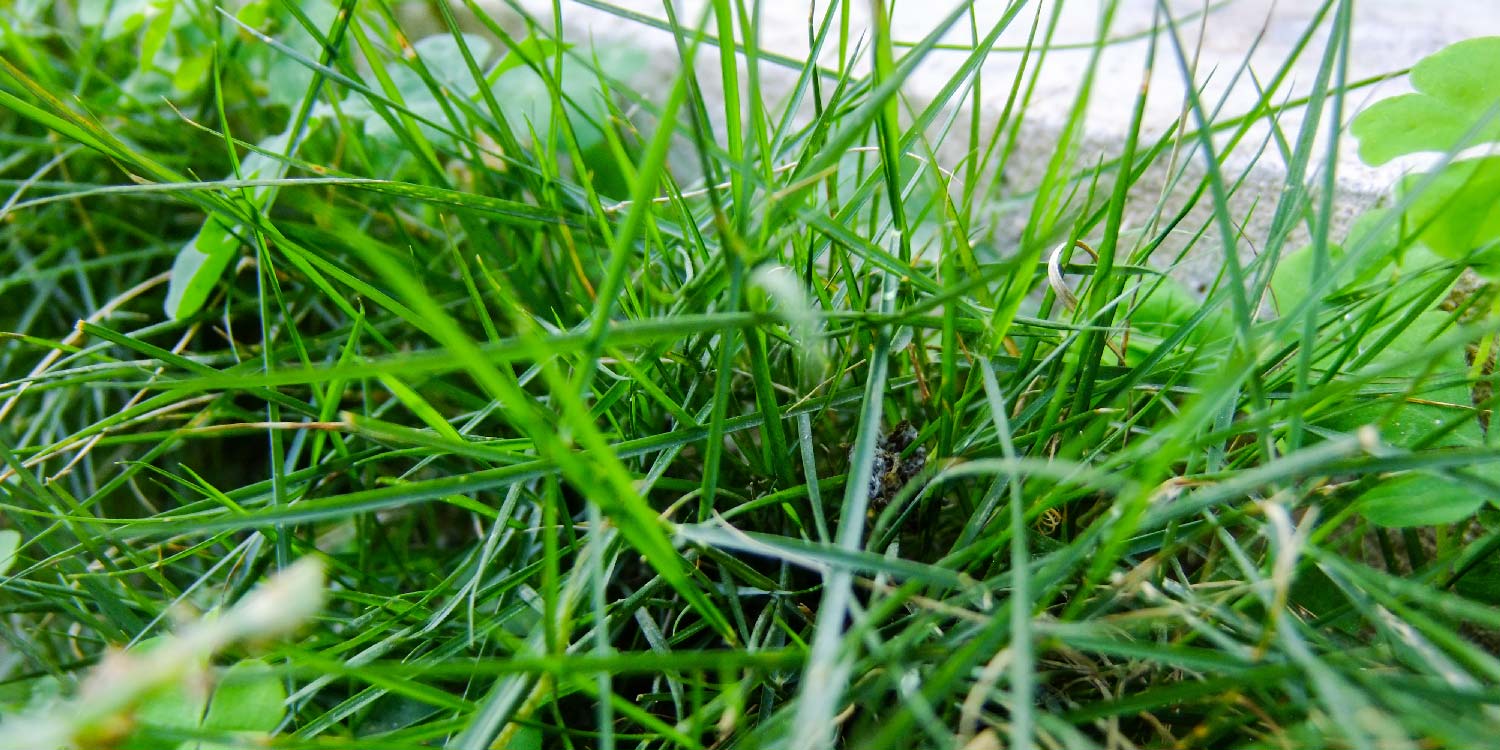
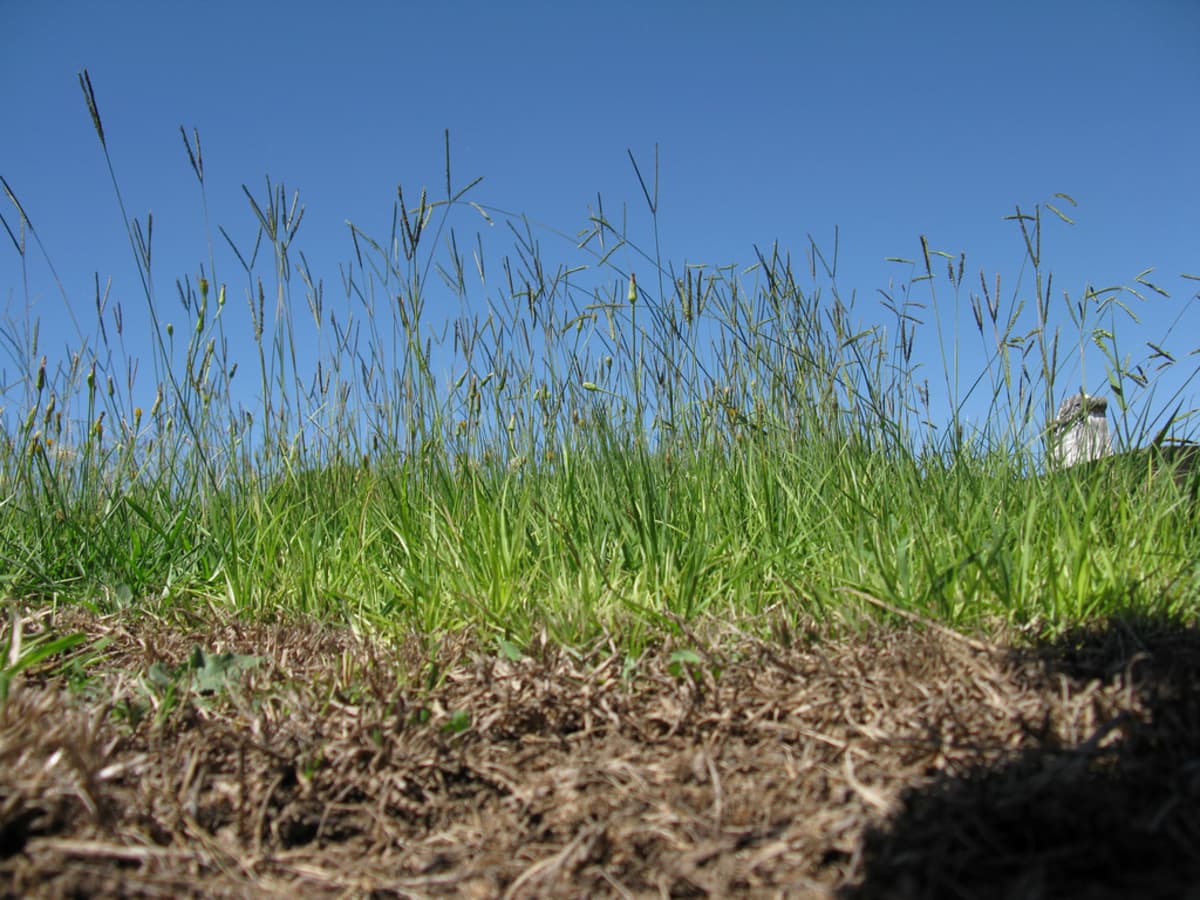
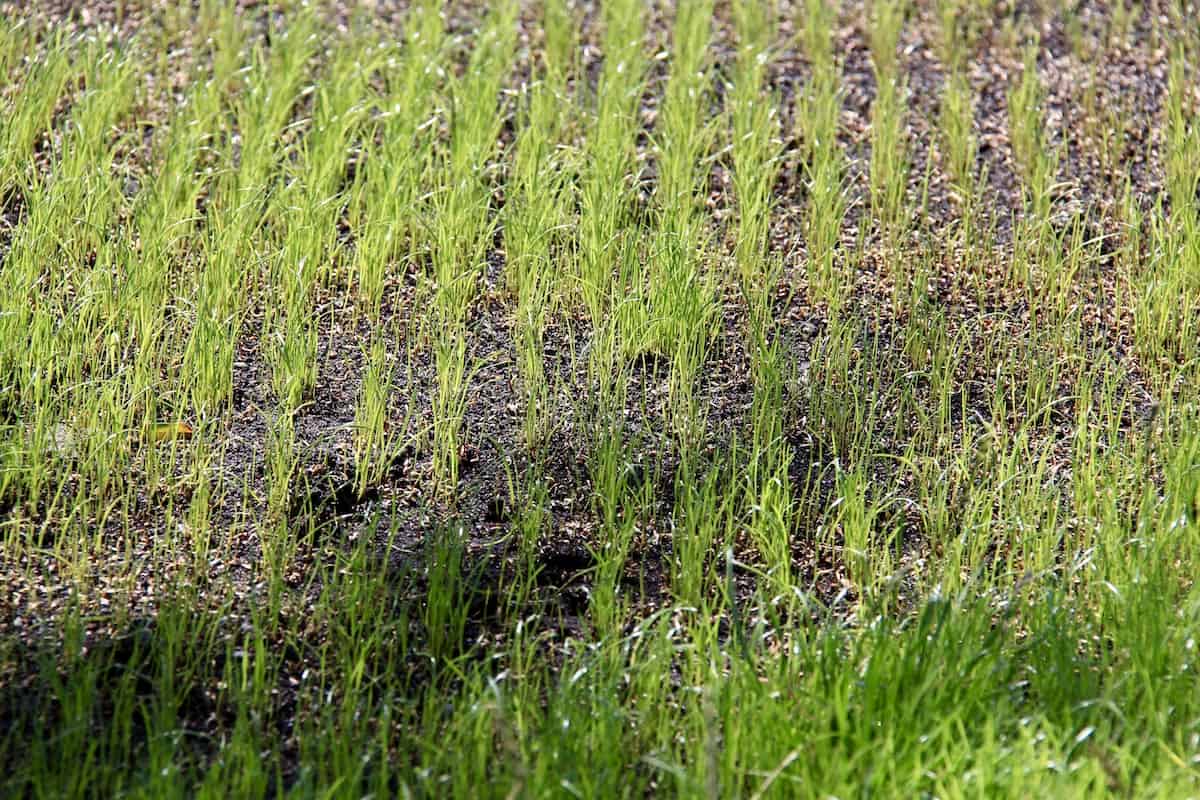

0 thoughts on “How To Quickly Germinate Grass”